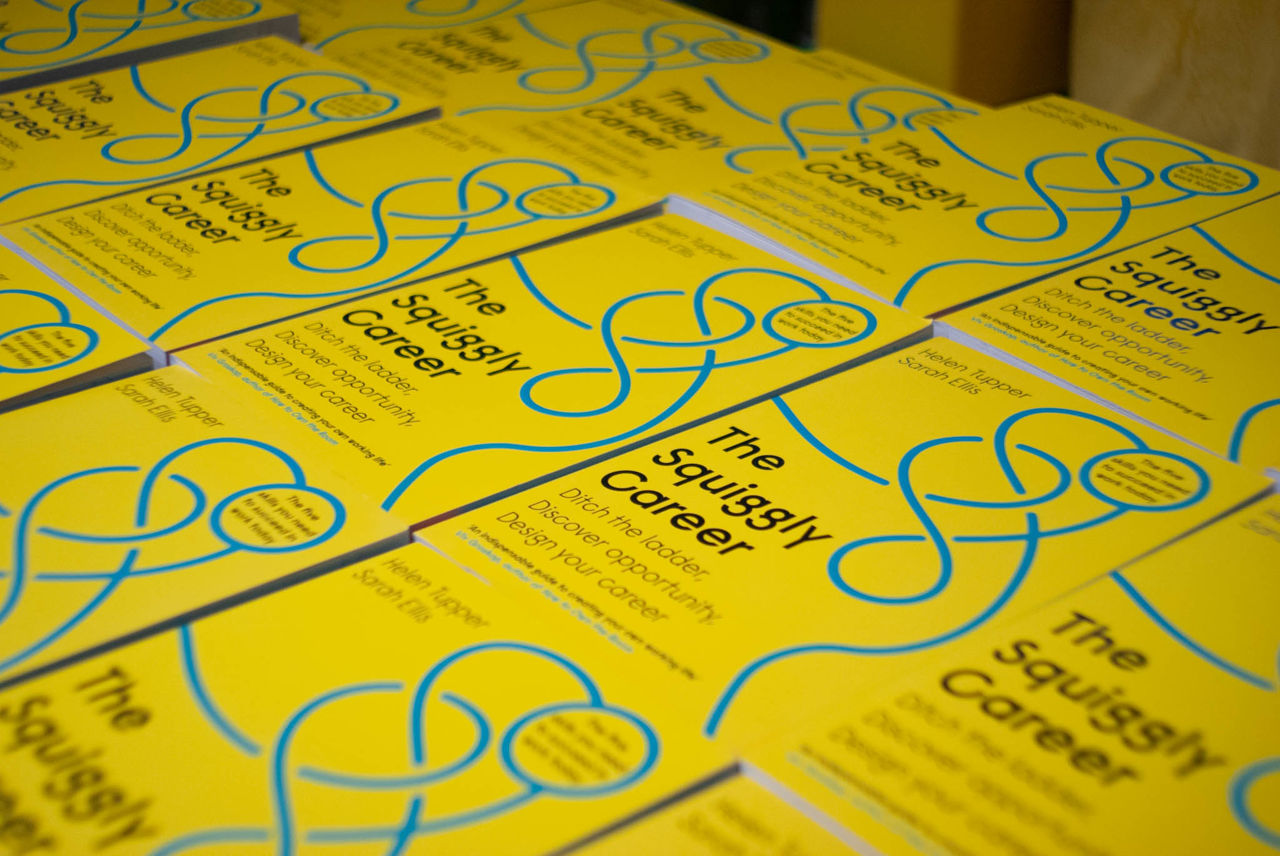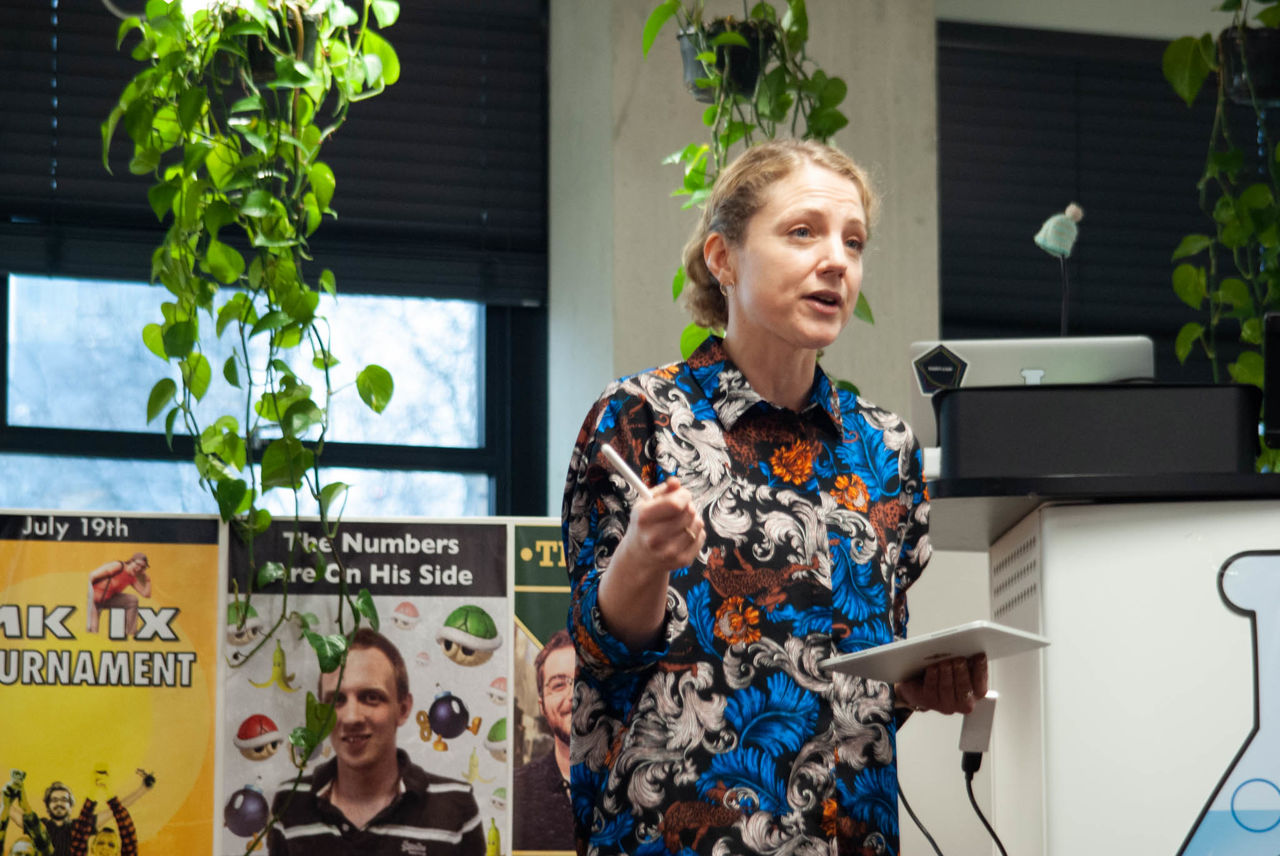A ‘pipe dream’, a ‘nasty lie’; what maleficent threat or impossible creative feat could these industry headlines be referring to?
Maybe a fundamental threat to the future of creativity or, more likely, a decidedly more regressive take on the rise of flexible working.
For an industry that is built it on its ability to be creative, to have such a fundamental deficit of creativity about where, when, and how much people work, is surely unsustainable?
It may surprise you to read that discussions among an industry that long ago promised to ‘move fast and break things’ have become so irrevocably fixated on the mundane question of: ‘Is your office empty on a Friday?’. For an industry that is built it on its ability to be creative, to have such a fundamental deficit of creativity about where, when, and how much people work, is surely unsustainable?

At the dawn of a new decade it is clear that the traditional value exchange between employer and employee is fundamentally broken. A growing swathe of creative talent is rejecting linear career models in search of greater autonomy, financial reward and flexibility. The industry is leaking talent at an alarming rate; data from Creative Equals shows that 12% of women plan to leave the industry in the next two years. While IPA data shows the average age of employees in the advertising industry is just under 34-year-old.
The industry is leaking talent at an alarming rate.
This challenge was under the microscope at our recent Creativebrief x Squiggly Careers event on How To Thrive, Not Just Survive, In An Always On Marketing Ecosystem, held at Brainlabs. Sarah Ellis, co-author of The Squiggly Career, urged the audience to double down on their strengths, spending 80% of their time focusing on what they are good at, and just 20% on improving their perceived weaknesses.
Navigating 'flexism'
This strength-based approach would clearly pay dividends when it comes to addressing the ‘flexism’ that is killing careers every day in the creative industries. Rather than treating the four-day week as an impossible problem to solve, we need to recognise the solution that true flexible working offers the industry.
A growing swathe of creative talent is rejecting linear career models in search of greater autonomy, financial reward and flexibility.
Granted, the four-day week is no panacea. As Sara Bennison, Marketing Director at Nationwide, says in The Squiggly Career: “If you have a career that is not a nine-to-five in its expectations, don’t make the mistake of dropping to four days a week. You will be paid 20% less for the same amount of work. Find other ways to create the mix between work and home.”
Client demands are often used as a catch-all response to unsustainable and, at times, downright barbaric approaches to work.
Finding other ways to get that mix is poised to become easier for talent as a growing swathe of employees recognises the role of flexibility in attracting great talent. The current LinkedIn Global Talent Trends report revealed that the number of global job posts shared on LinkedIn offering flexible working has increased by 78 per cent over the past three years.

Above: Sarah Ellis and Helen Tupper's book, The Squiggly Career.
A deficit of creativity
Far from fretting about empty offices on a Friday; smart brands are increasingly wising up to the fact they need to do things differently. Jo Hagger, Global Marketing Capabilities Director at Unilever, believes that there is perhaps too great a perception gap between the idea of a ‘linear corporate career’ and a ‘freelance entrepreneurial career'. Ultimately employees and employers alike need to recognise the fluidity between the two.
Hagger is not alone in believing that there is undue pressure piled on agencies that need not be there.
It is a shift that demands a more people-first approach to the future of work; particularly in the advertising industry where client demands are often used as a catch-all response to unsustainable and, at times, downright barbaric approaches to work. Hagger is not alone in believing that there is undue pressure piled on agencies that need not be there.

Above: Sarah Ellis at the recent Creativebrief x Squiggly Careers event, How To Thrive, Not Just Survive, In An Always On Marketing Ecosystem.
A fear of structure
Yet while the flurry of negative headlines might lead to fear that the creative industries are facing up to a flexible working groundhog day, green shoots of humanity appear daily. From agencies such as Lucky Generals and Creature leading the way, with specific policies to support people going through miscarriage, to the growing swathe of agencies signing up to Creative Equals Creative Comeback returnship scheme. Smart leaders recognise that business as usual is no longer an option.
Ask yourself honestly: have you ever had your best ideas in the office?
The Equality and Human Rights Commission has highlighted flexible working as the single best way to improve gender equality in the workplace. Sharing the success of the Creative Equals Creative Comeback scheme at the Advertising Association’s LEAD conference last week, Diageo’s Chief Marketing Officer, Syl Saller, declared: “Who makes the work, matters.”
Yet if the industry fails to embrace the squiggly career, or to flex enough to enable a diverse range of individuals to thrive in the workplace, advertising will be fishing from an increasingly narrow pool. The people we need to drive the work forward simply won’t be in the room.
The Equality and Human Rights Commission has highlighted flexible working as the single best way to improve gender equality in the workplace.
So, call time on setting up flexible working as a problem to be solved; rather than the solution it truly is. Ask yourself honestly: have you ever had your best ideas in the office? If not, why then are our attentions so steadfastly fixated on the empty chairs within them; rather than the potential, talent and mental wellbeing of the people that may, or may not, choose to sit in them. That is of course, if 'flexism' doesn't squeeze them out before they even get started.
)




 + membership
+ membership








